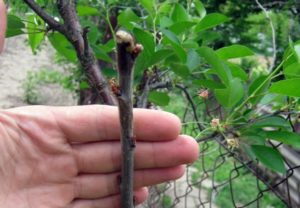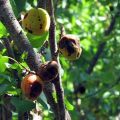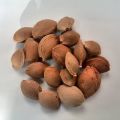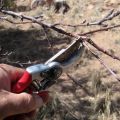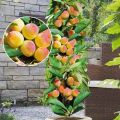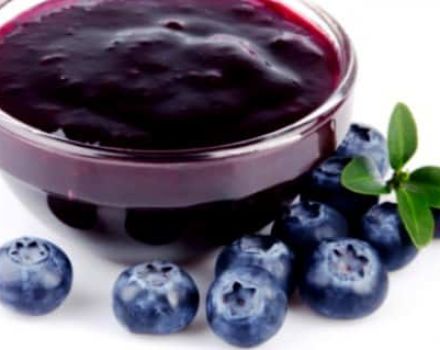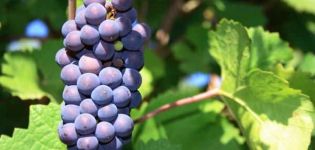Description of apricot variety Success, yield characteristics and cultivation features
Gardeners have long tamed apple and pear trees. But now they want to grow capricious southern trees in the garden. Apricot Planting Success guarantees tasty fruits. At the same time, labor costs are not so high.
History of origin
Michurin began working on varieties of apricots. In his nursery, he managed to create unpretentious and productive species - Comrade and Michurinsky Best. They can still be found in old gardens.
But the breeders continued to work. Pollinating Comrade and Michurinsky with the Best Lewise variety, got a new apricot variety - Success. His characteristics have surpassed those of his parents. Apricot is popular with gardeners. It bears fruit actively under both unfavorable and excellent climatic conditions.
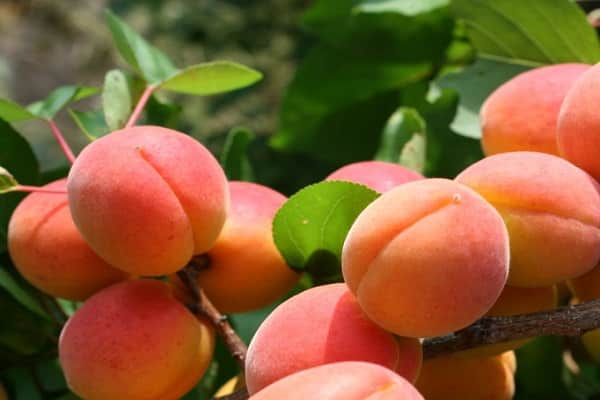
Description of the variety
Success is easily recognized by its technical characteristics. Ogorodnikov is attracted by the description of the variety:
- medium-sized tree (up to 3 m tall);
- medium branching;
- the crown is round-pyramidal;
- young shoots are light green, then the color turns red-brown;
- the bark is smooth;
- petioles are short;
- flowers are pink and white;
- the leaves are rounded, the tip is sharp, the edge is cut.
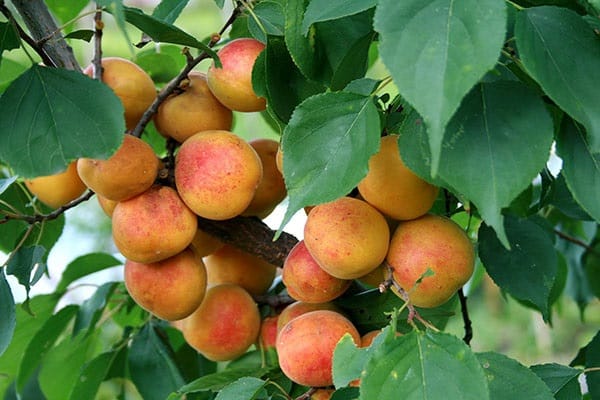
For better survival, it is recommended to plant 2-3-year-old trees. Success begins to bear fruit in the 5th year. It is at this time that you can taste the fruits. Their characteristics:
- the weight of one fruit is 25 g;
- the skin is thin, tender;
- the apricot is bright yellow with a reddish barrel;
- the pulp is juicy, there is little fiber;
- the taste is excellent - sweet, with a slight sourness.
Ogorodnikov is upset by the poor transportability and low keeping quality of Success... After all, the average yield of one 5-year-old tree is 35 kg. But apricots make wonderful marshmallows, jam and preserves.
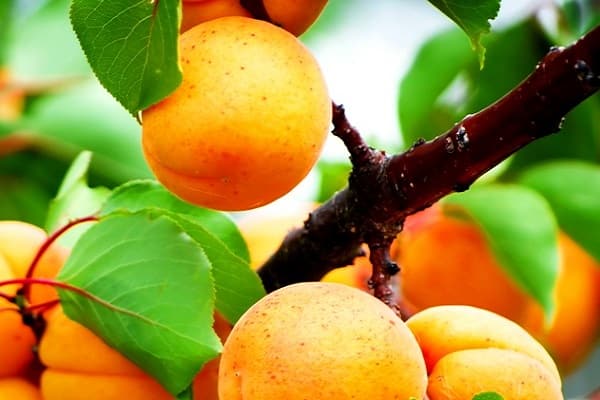
Growing features
Success is unpretentious. But for a guaranteed harvest, it is recommended to adhere to the advice of agronomists.
Place and time
Apricot is sensitive to north and north-east winds. In a cold winter, the effect of ice currents of air leads to the complete death of fruit buds. The gardener will not get the harvest this year. Therefore, Success should be planted in places protected from the winds.
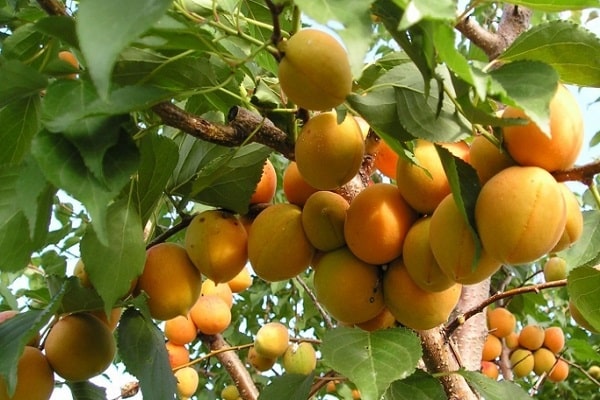
The birthplace of culture is the southern regions. It will be best to bear fruit in a sunny, open place. Good results are obtained by planting Success at the southern wall of the building (house, barn, utility block).
A young seedling should have time to build up the root system before the onset of winter.It should be planted in early spring (before bud break) or in autumn (3-4 weeks before the onset of stable cold weather).
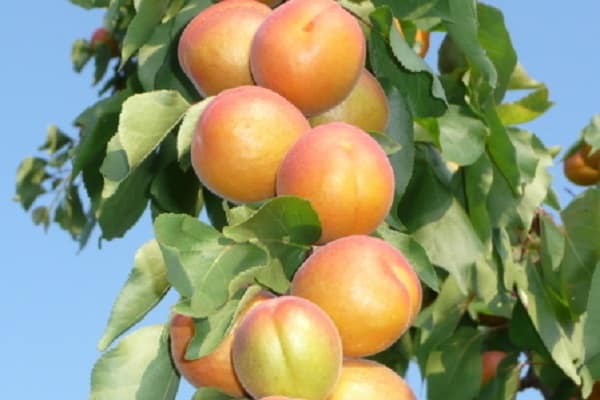
Soil selection
Success prefers loose, fertile soil with a slightly alkaline reaction. On acidic soils, liming is recommended.
You should first prepare a planting pit. With the expected planting apricots in spring the pit is prepared in the fall, when placed in the fall - in the spring. Its dimensions: 70 cm x 70 cm x 70 cm. The pit needs to be filled with soil mixed with mature compost and a mineral complex. Then the place must be covered with plywood or a sheet of metal and left until the tree is planted.
Before planting Success, the leaf must be removed, the hole open and the tree is planted in the planting hole... Its size must be sufficient for free placement of the root system.
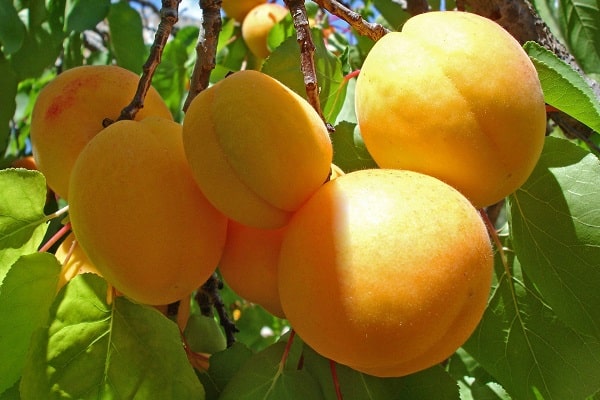
Tree care
With proper placement, Success does not require special care from the gardener. It is necessary to observe the regimes of watering and planned treatments against pests.
Watering and feeding
When planting a young plant in a prepared planting pit, it is not required to feed it for the first 3 years. Then specialized mineral complexes should be introduced in spring and autumn.

Young trees need regular watering: their root system cannot provide the plant with moisture on its own. A 5-year-old plant should only be watered in very dry weather. During the ripening period, it is recommended to stop moisturizing to prevent cracking of the apricots.
For successful wintering, it is imperative to carry out autumn water-charging watering. 3-4 buckets of water are poured under the tree. The time of the event is the end of October.
Tree pruning
This operation must be carried out for better pollination of flowers and illumination of ripening fruits. Cut out excess and dried shoots "on the ring". The crown should be transparent. With a wound diameter of more than 1.5 cm, it is treated with garden varnish or oil paint. The best time for pruning is winter or late autumn. At this time, there is no juice movement. The apricot will undergo the operation painlessly.

Pest control
Young plants are damaged by aphids and leaf rollers. To combat aphids, it is recommended to carry out a spring treatment from garden ants. Then the tree needs to be sprayed with tobacco infusion with green soap. From leaf rollers, insecticide treatments (natural or purchased) help.
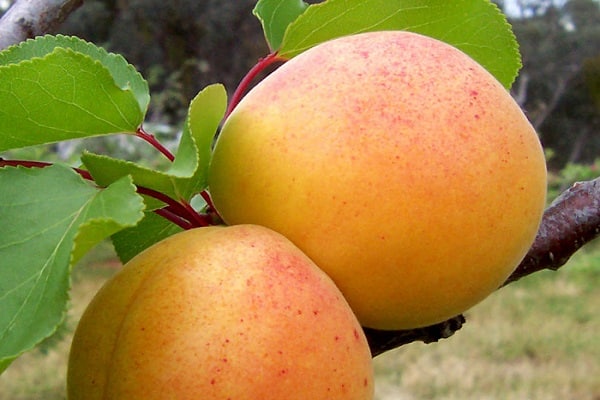
Disease prevention
General preventive measures:
- weeding out weeds (especially on the trunk circle);
- control of nitrogen content in soil;
- timely pruning;
- removal of plant residues from the site;
- balanced application of mineral fertilizers.
A healthy apricot does not get sick and is practically not damaged by pests.


